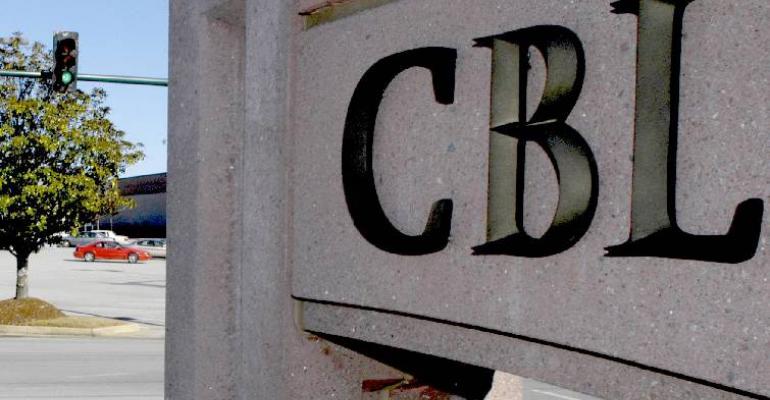As far as corporate turnarounds go, CBL & Associates Properties appeared to be on the right track earlier this year. It made progress on its mall disposition and repositioning program, and it reported year-over-year increases in revenue and funds from operations (FFO), both of which beat analyst expectations.
The Chattanooga, Tenn.-based REIT reduced its interests in the Triangle Town Center in Raleigh, N.C., from 50.0 percent to 10.0 percent, and dropped its stake in River Ridge in Lynchburg, Va., to 25.0 percent. In terms of its financial performance, the company’s first quarter FFO was $0.56, which beat the analyst consensus estimate of $0.56. This also marked an 8.6 percent increase from the previous year.
But days before heading into a shopping-heavy holiday weekend, the Chattanooga, Tenn.-based REIT saw some startling claims about its accounting practices. In a report on May 25, The Wall Street Journal claimed that both the FBI and the SEC were investigating allegations that the REIT inflated rental income and occupancy rates when applying for bank financing, while acting on tips from former employees.
In a statement, CBL firmly denied that it was under investigation by either agency, issuing a statement that read: “We believe these allegations to be completely baseless and take very seriously any questions regarding our accounting and financial practices. We strongly deny and will seek to understand the origin of these allegations.”
The SEC declined to comment on whether it was investigating CBL & Associates. Likewise, the FBI declined to confirm or deny the existence of any investigation, according to Andrew Ames, from the FBI Washington field office.
With or without the agencies’ inquiries, however, the claims have caused a distraction from CBL’s efforts to elevate its business operations. Industry observers are already raising questions about how well CBL can navigate its troubled waters. Corporate turnarounds rarely follow a straight line between trouble and restoration, especially when the evolving company relies on the retail sector.
Trying to be a better boat
Before CBL & Associates decided to raise the profile of its shopping centers, it was known as a company that owned and developed class-B malls, with the occasional gem in its portfolio.
Its performance metrics have tended to be below the industry average across a number of measures. In its review of CBL’s first quarter performance, for instance, Barclays found that sales per sq. ft. for the trailing 12-month period totaled $378, compared with the peer average of $484 per sq. ft. Total portfolio occupancy was 91.6 percent, compared with the average of 93.7 percent for CBL’s peers.
In April 2014 CBL revealed a mall disposition and repositioning plan. It has also set about bringing higher-end tenants into its centers, and has redeveloped and expanded the more productive of its properties, like the recently completed CoolSprings Galleria in Nashville, Tenn.
Originally, CBL aimed to position its property portfolio so that it would generate a sustainable net operating income (NOI) growth of 2.0 percent to 4.0 percent, up from the 1.0 percent to 2.0 percent it normally achieved before the strategic announcement. In some ways, the REIT has made significant progress. The company’s same-store NOI improved to 2.8 percent. When looking at key performance metrics, and comparing them to previous quarters, it seemed like CBL was moving in the right direction.
Mixed performance metrics
But two years after CBL announced its strategic plan, it doesn’t look like the mall repositioning has gotten the REIT as far as it would have liked. The three mall disposition transactions removed more than $90 million of secured debt from its share of total debt, according to an emailed statement from Reinsmidt, senior vice president of investor relations and corporate investments for CBL & Associates.
CBL’s share of total debt stood at about $5.3 billion at the end of the first quarter, according to company information. The mall repositioning plan was supposed to raise $1 billion in equity. Two year later, however, it looks like the market for the types of properties that CBL has been trying to sell is not experiencing a strong level of interest. The company has raised $130 million in equity through several property sales completed year-to-date in 2016, according to Reinsmidt. CBL has hit its NOI target, but that level was still below the 4.0 percent average of its peers, according to Barclays.
After the company closed out its first quarter, it also sold off a couple of community centers, raising about $151 million in proceeds, according to Barclays. Only time will tell when CBL & Associates will hit its target for mall sales and equity raising.

